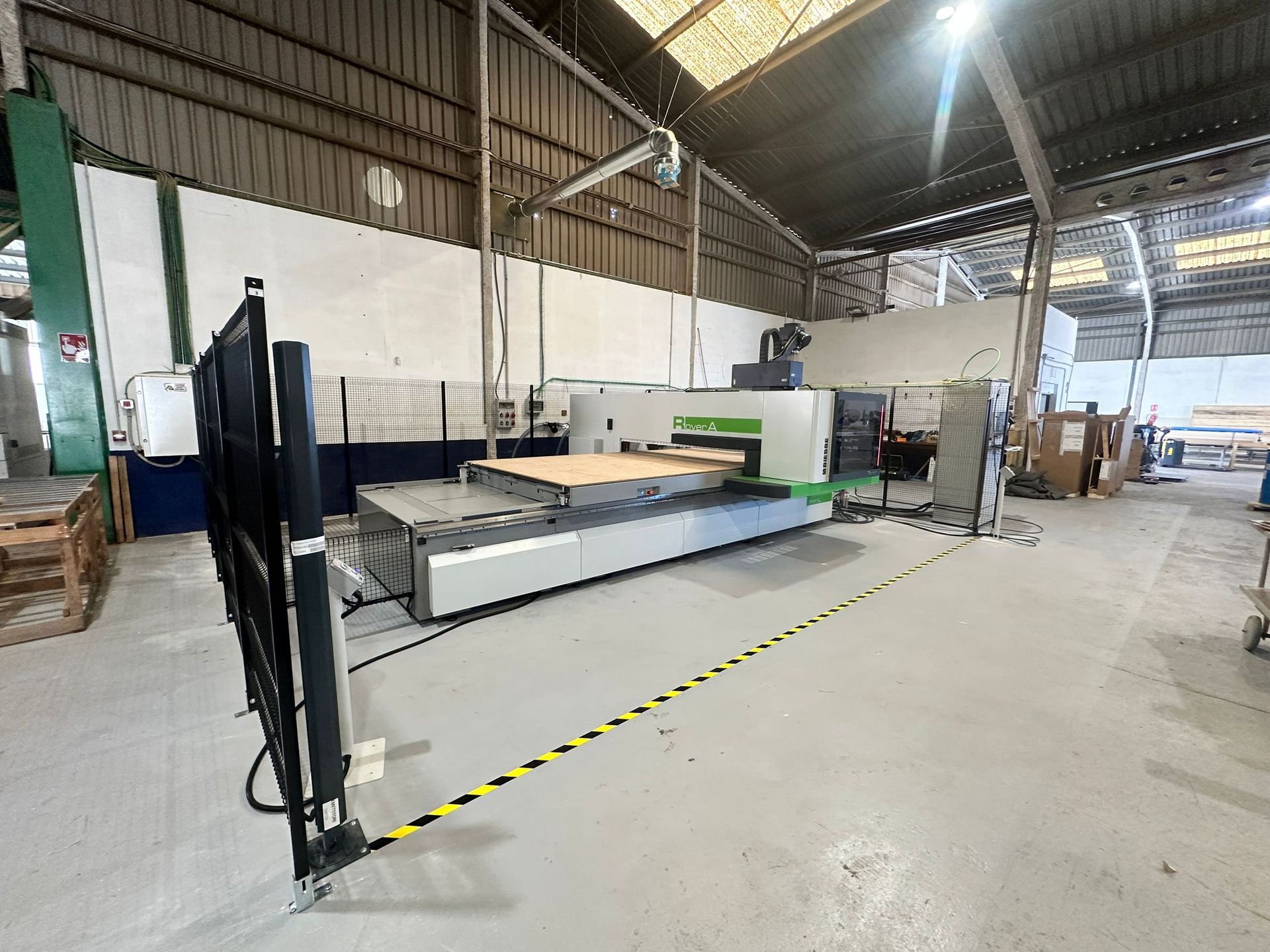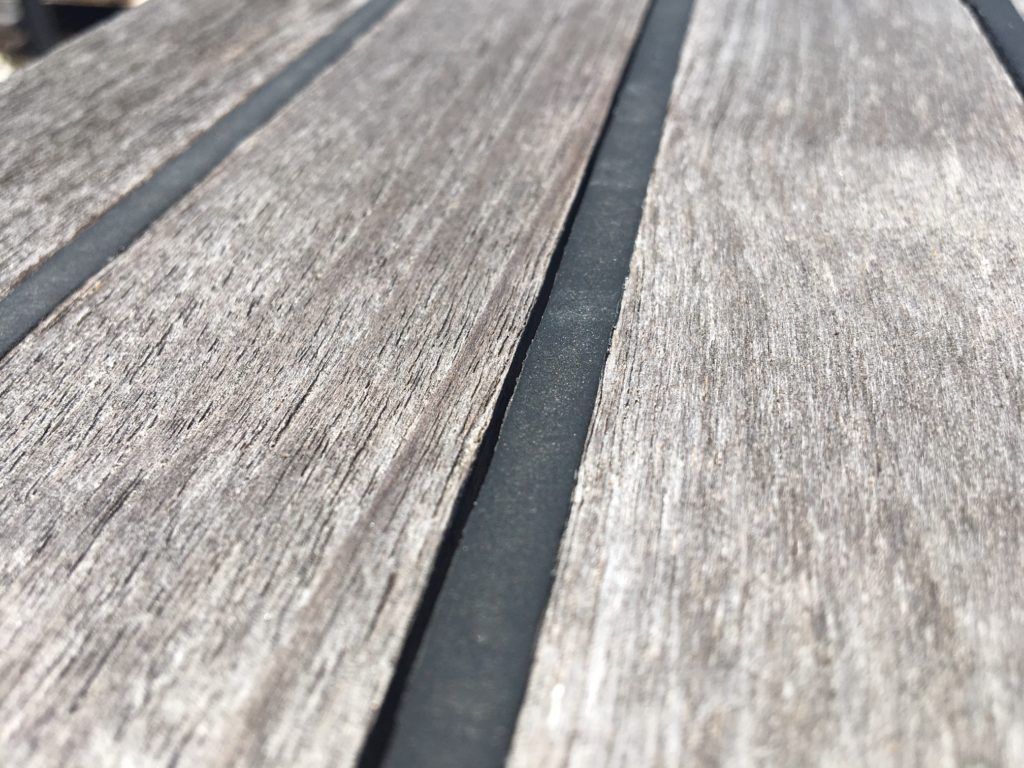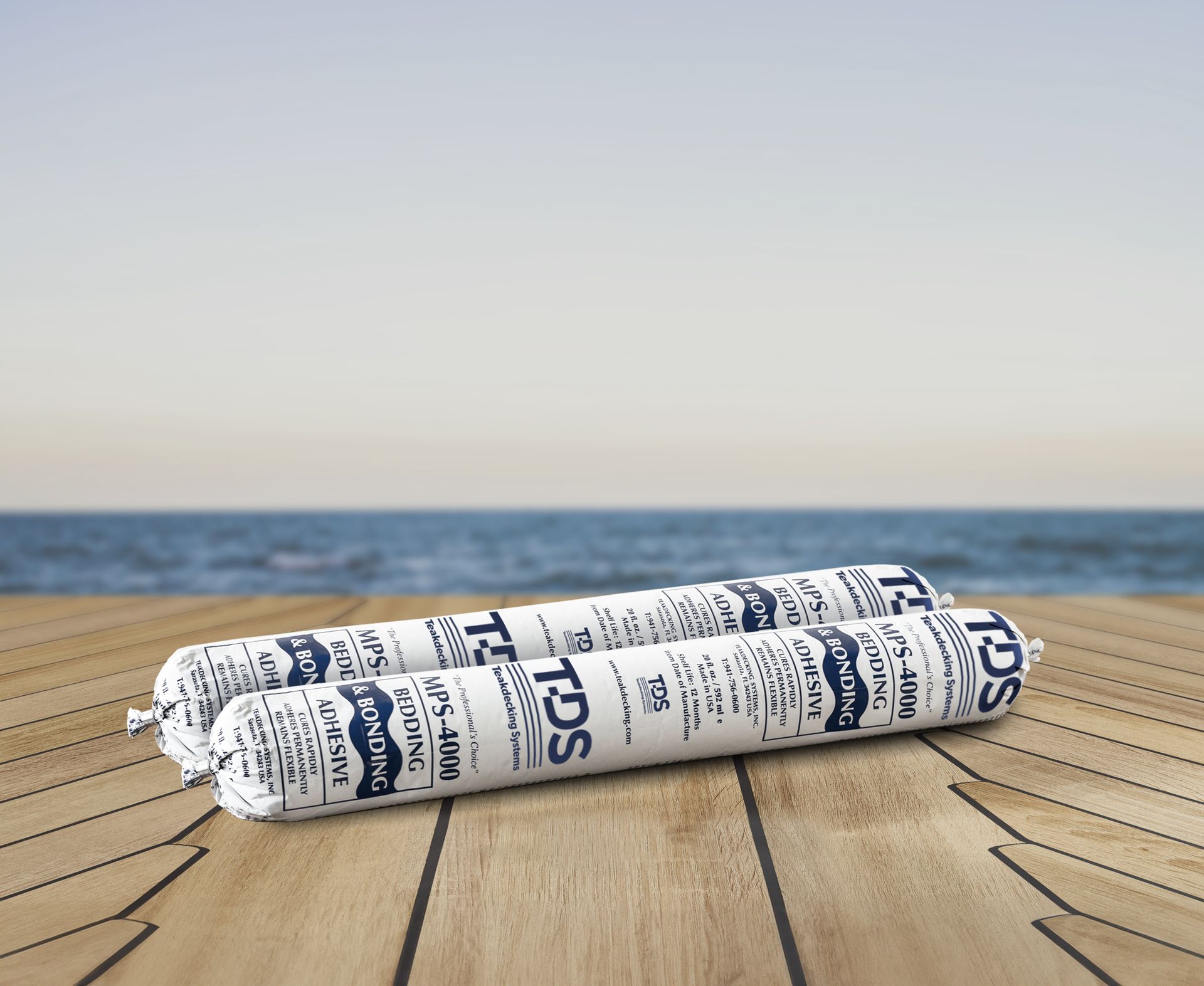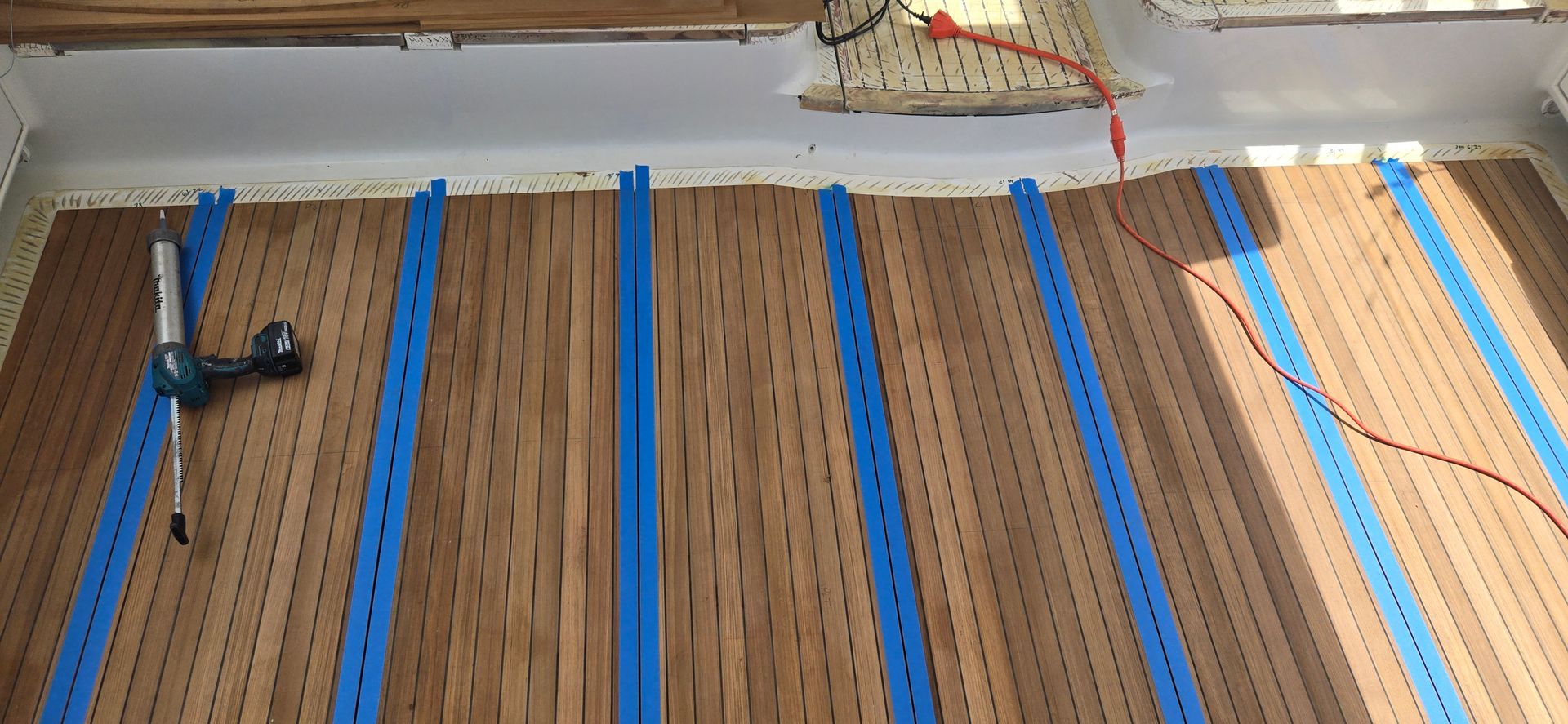TDS receives a grant from the Department of Innovation, Industry, Commerce, & Tourism
We are thrilled to announce that TDS has been awarded a grant from the Department of Innovation, Industry, Commerce, and Tourism of the Generalitat Valenciana.
The grant, totaling €55,602.87, is related to file INPYME/2024/713 and supports the acquisition of our new CNC machine. This new equipment will significantly enhance our deck-building process by streamlining production and improving overall efficiency.
With this advancement, we are poised to meet growing demand, ensuring our customers receive the highest quality products. We extend our sincere gratitude to the Generalitat Valenciana for their support and investment in our vision for innovation and growth.
Estamos encantados de anunciar que TDS ha sido beneficiaria de una subvención otorgada por la Conselleria de Innovación, Industria, Comercio y Turismo de la Generalitat Valenciana. La subvención, con un importe total de 55.602,87 €, está relacionada con el expediente INPYME/2024/713 y respalda la adquisición de nuestra nueva máquina CNC.
Este nuevo equipo mejorará significativamente nuestro proceso de construcción de decks al optimizar la producción y aumentar la eficiencia general. Con este avance, estamos preparados para satisfacer la creciente demanda, garantizando que nuestros clientes reciban productos de la más alta calidad. Expresamos nuestro más sincero agradecimiento a la Generalitat Valenciana por su apoyo e inversión en nuestra visión de innovación y crecimiento.

ALL PRODUCTS




